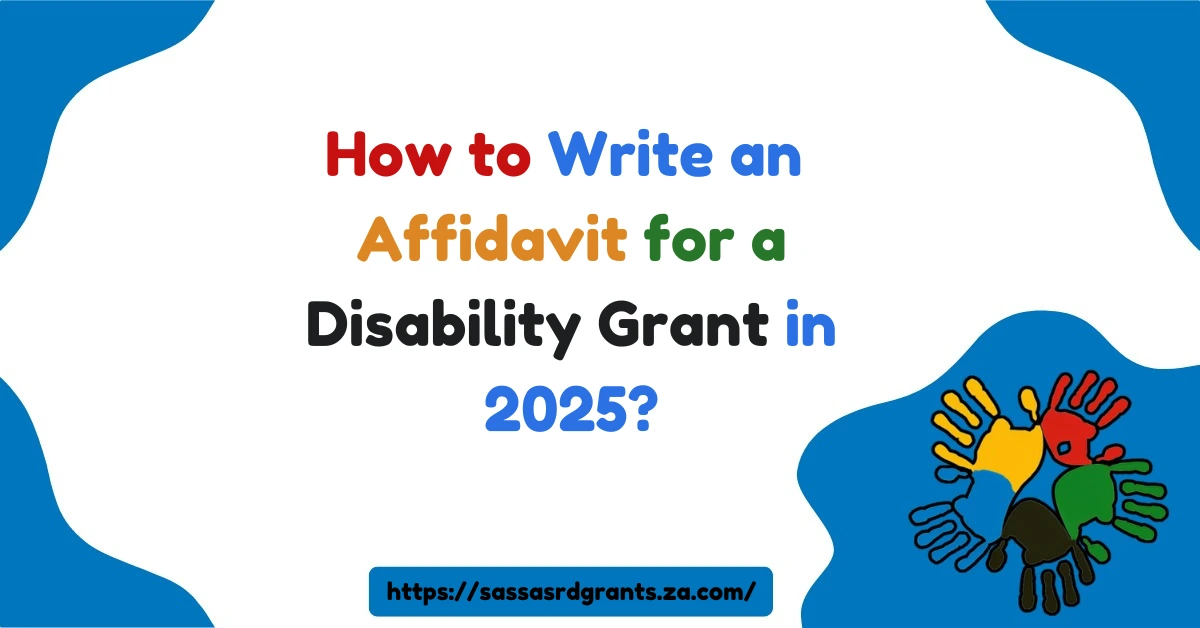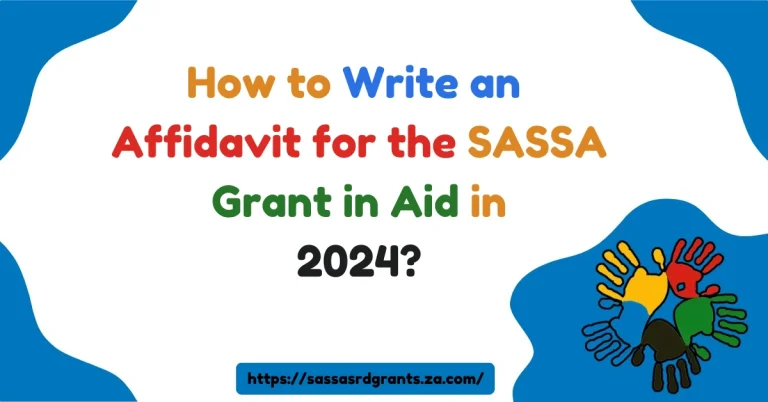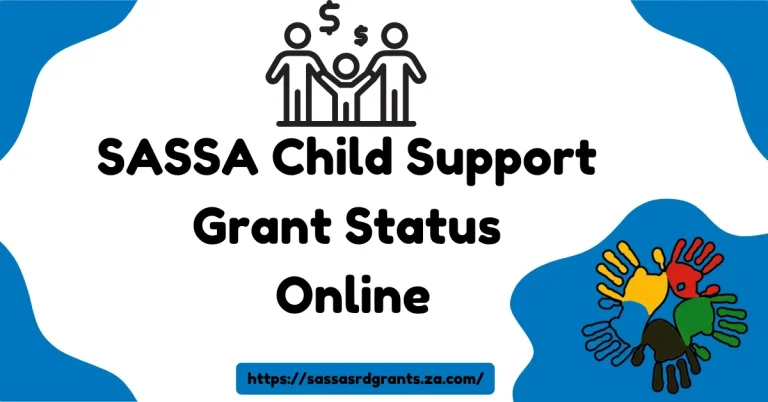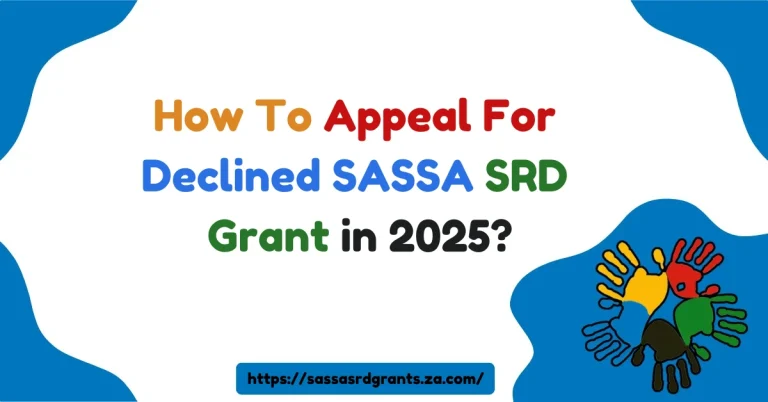How to Write an Affidavit for a Disability Grant in 2025?
Writing an affidavit for a disability grant can feel overwhelming, especially if you’re doing it for the first time. I recently helped a close friend navigate this process, and I realized how important it is to get every detail right. An affidavit is more than just a document—it’s your voice, telling your story to the authorities who decide whether you qualify for financial assistance. In this guide, I’ll walk you through everything you need to know about writing a disability grant affidavit in 2025, ensuring it’s clear, accurate, and effective.
How to Write an Affidavit for a Disability Grant in 2025? (Quick Answer)
- Start with your full name, address, and ID number.
- Clearly describe your medical condition and its impact on daily life.
- Detail your financial situation and income limitations.
- State your request for the disability grant explicitly.
- Sign and date it before a commissioner of oaths to validate.
This ensures a structured, credible affidavit.
What is an Affidavit for a Disability Grant?
An affidavit is a legal document that serves as a sworn statement of facts. When applying for a disability grant, this document helps authorities understand your medical condition, financial situation, and why you need assistance. It’s a way to provide official proof of your circumstances, ensuring your application is taken seriously.
Think of it as your chance to explain your story in a structured, legally binding way. The goal is to make it easy for officials to verify your eligibility and process your application efficiently.
Essential Components of a Disability Grant Affidavit
To create a strong affidavit, you need to include specific sections that cover all the necessary details. Here’s a breakdown of the key components:
1. Introduction
Start by introducing yourself. Include your full name and ID number. This section sets the stage for the rest of the document.
Example:
“I, [Your Full Name] with identity number [Your ID Number], make the following statement under oath as required for my disability grant application.”
2. Statement of Condition
This is where you describe your medical condition in detail. Explain how your disability affects your daily life and your ability to work. Be specific and honest—this is the heart of your affidavit.
Example:
“Due to my [specific disability], I am unable to [mention limitations, such as walking, standing, or working]. This has significantly impacted my ability to earn a living and perform daily tasks.”
3. Financial Situation
Grant-issuing bodies need to understand your financial status to assess your eligibility. Include details about your income, savings, and any other financial resources.
Example:
“My only source of income is [state any income, such as a small pension or support from family], which is insufficient to cover my basic needs. I have no other assets or income.”
4. Request for Disability Grant
Clearly state that you’re applying for a disability grant and explain how it will help you. This section reinforces your need for assistance.
Example:
“I am requesting a disability grant to help me manage my living expenses, as I am unable to work due to my disability. This grant would greatly assist me in maintaining a basic standard of living.”
5. Signature and Date
Your affidavit must be signed in front of a commissioner of oaths or another authorized official. This step makes your document legally binding. Don’t forget to include the date.
Important Tips for Writing Your Disability Grant Affidavit
Here are some practical tips to help you create a clear, compelling, and effective affidavit:
Use Clear, Simple Language
Avoid using complicated words or jargon. Write in a way that’s easy to understand, ensuring officials can quickly grasp your situation.
Be Honest and Accurate
Your affidavit is a legal document, so honesty is crucial. Provide accurate information and avoid exaggerating your condition or financial struggles.
Stay Organized and Structured
Use headings and subheadings to break your affidavit into sections. This makes it easier to read and ensures you don’t miss any important details.
Attach Relevant Documents
Support your affidavit with medical records, income statements, or letters from doctors. These documents add credibility to your application.
Common Mistakes to Avoid
When writing your affidavit, steer clear of these common pitfalls:
- Omitting Key Details: Make sure every section is complete, especially the Statement of Condition and Financial Situation.
- Using Complicated Language: Keep your language simple and straightforward.
- Forgetting to Sign and Notarize: An unsigned affidavit is invalid. Always sign it in front of a commissioner of oaths.
Sample Affidavit for Disability Grant
Here’s a sample structure to guide you:
AFFIDAVIT
I, [Your Full Name], residing at [Your Address], with identity number [Your ID Number], make the following statement under oath as required for my disability grant application.
Statement of Condition: I have a diagnosed condition of [state disability], which severely impacts my daily life and ability to work.
Financial Situation: I currently earn [state income] from [source, if applicable], which is insufficient for my basic needs.
Request for Disability Grant: I am applying for a disability grant to support my living expenses.
Signature: ____________
Date: ____________
Frequently Asked Question(FAQ’s)
1. What is the purpose of a disability grant affidavit?
A disability grant affidavit serves as a sworn statement that provides proof of your medical condition and financial situation, helping authorities assess your eligibility for assistance.
2. Can I write my own affidavit?
Yes, you can write your own affidavit, but it must be signed and notarized by a commissioner of oaths to be legally valid.
3. What documents should I attach to my affidavit?
Attach medical records, income statements, and any other documents that support your claims.
4. How long should my affidavit be?
Your affidavit should be concise but thorough, typically around 1-2 pages. Focus on clarity and accuracy rather than length.
5. What happens if my affidavit is incomplete or inaccurate?
An incomplete or inaccurate affidavit can delay your application or lead to its rejection. Double-check all details before submitting.
By following this guide, you’ll be well-prepared to write a strong affidavit for your disability grant application in 2025. Good luck!
Final Thoughts
Writing an affidavit for a disability grant doesn’t have to be stressful. By following the steps outlined above, you can create a document that’s clear, accurate, and compelling. Remember to be honest, organized, and thorough in your approach.
If you’re unsure about any part of the process, don’t hesitate to seek help from legal aid organizations or professionals. A well-written affidavit is your best chance at securing the financial assistance you need.

![SASSA Confirmed Payment Dates for September [2024]](https://sassasrdgrants.za.com/wp-content/uploads/2024/09/SASSA-Confirmed-Payment-Dates-for-September-2024-768x402.webp)




